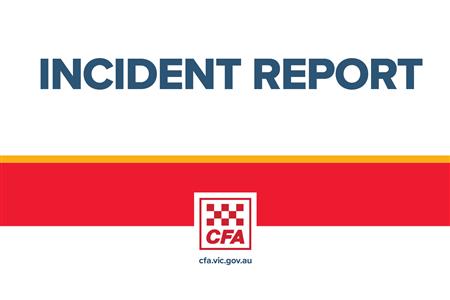Natural disaster preparation for tree crop growers around the nation is set to get a $1.7M injection through the funding of the next phase of the national Australian Tree Crop Map.
Delivered through Hort Innovation and led by the University of New England’s (UNE) Applied Agricultural Remote Sensing Centre (AARSC) in partnership with Future Food Systems CRC, the Australian Tree Crop Map will be supercharged to include new plantings and more detail for the participating tree crop industries.
Horticulture peak industry bodies Avocados Australia, Australian Banana Growers’ Council, Citrus Australia and Australian Macadamia Society are all partnering in this mapping research, which is also useful for directing labour forces and forecasting productivity.
Hort Innovation chief executive Brett Fifield said the map will arm tree crop industries with never-before-seen information.
“The Australian Tree Crop Map can be used by authorities and horticulture industry groups to track impacted areas following extreme weather or biosecurity events and provide assistance where it is needed most,” Mr Fifield said.
“This vital tool has already been used during weather events such as cyclones, and through this funding boost will see the introduction of increased capabilities through crop cultivar, planting year density and other available benchmarking and packhouse information, where available.”
University of New England senior researcher Craig Shephard said researchers are looking forward to expanding the current mapping offering with additional data for each participating industry.
“In this next phase of the research, we will be making a significant expansion to the data and insights available about avocado, banana, citrus and macadamia crops in Australia,” Mr Shephard said.
“However, it should be noted that unlike the publicly available Australian Tree Crop Map dashboard, this higher-level information will only be accessible by the respective industry bodies to ensure grower privacy is protected.”
Director of the AARSC, Prof. Andrew Robson further identified that this collaborative project would deliver the first industry wide collation of data such as this and that beyond the map itself this essential baseline data will provide endless benefits to industry.
“The collation of this information will directly assist industry with market access, traceability, biosecurity response, yield forecasting, carbon storage, regeneration and drought resilience, and will set a new standard for other agricultural industries.”
Australian Macadamia Society chief executive officer Clare Hamilton-Bate said the Australian Tree Crop Map is a valuable tool for the macadamia industry.
“Access to information and insights are integral to the macadamia industry’s decision-making, on both at an individual business and whole-of-industry level,” Ms Hamilton-Bate said.
“The Australian Tree Crop Map has already armed us with essential information on macadamia plantings across the country, which currently total over 41,000 hectares. With this new phase of research, we anticipate the map will become an even more integral part of our industry’s ability to respond to challenges and plan for the future.”








